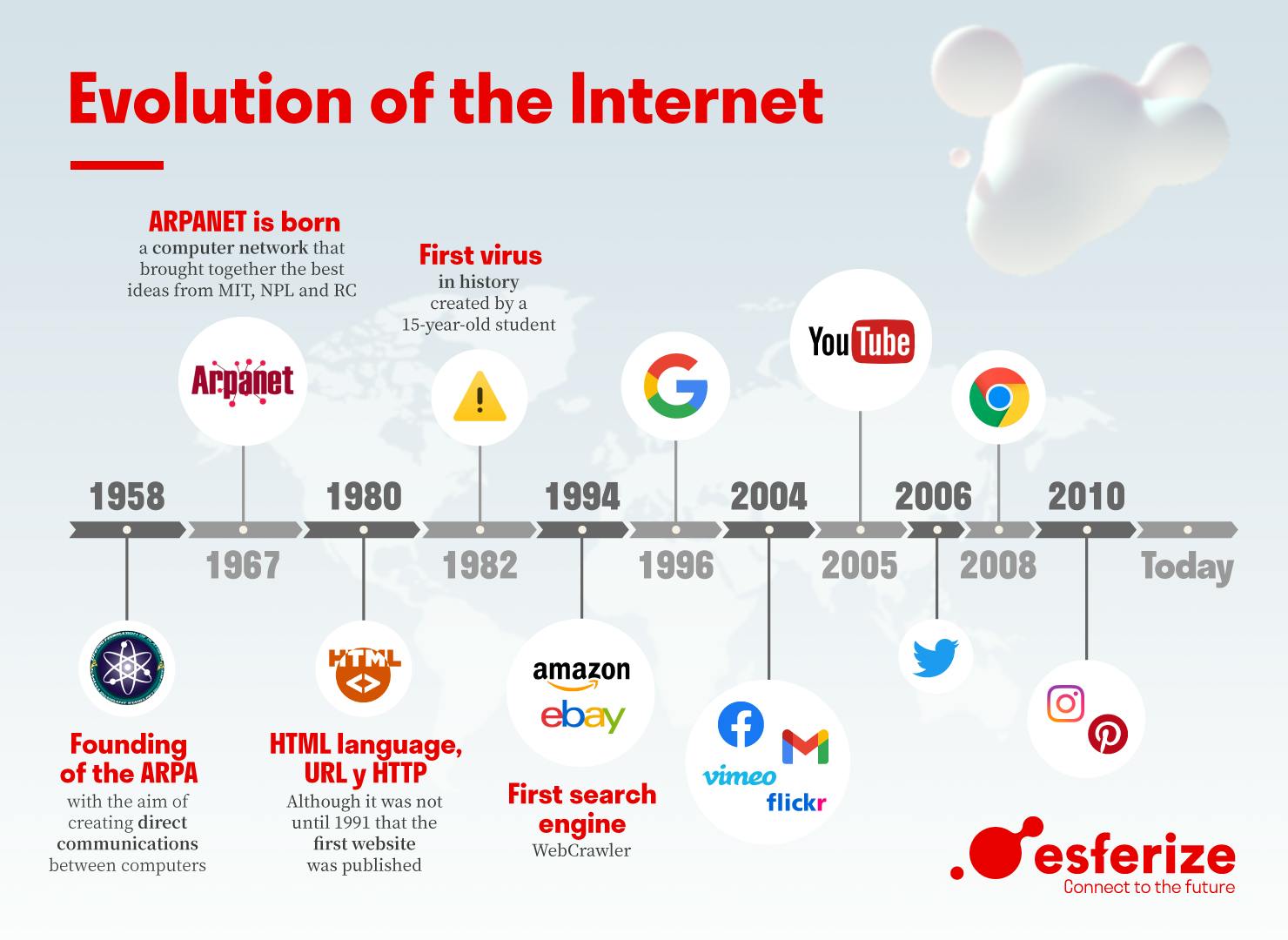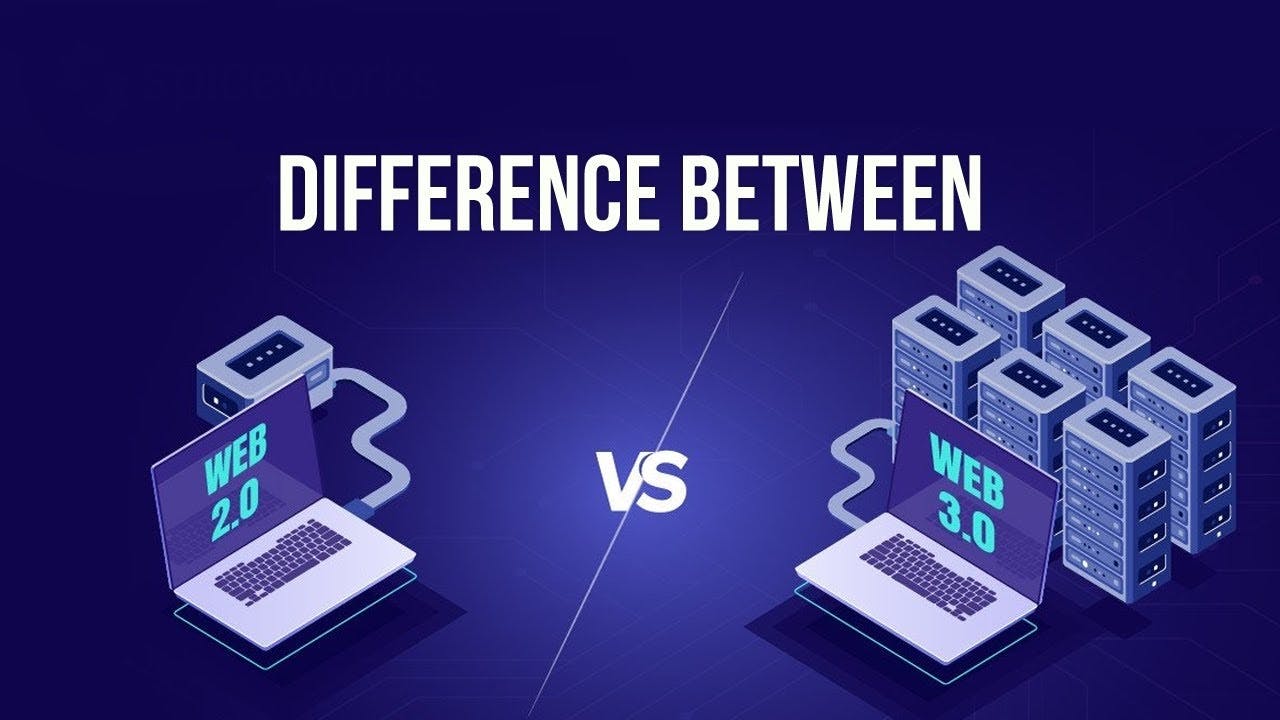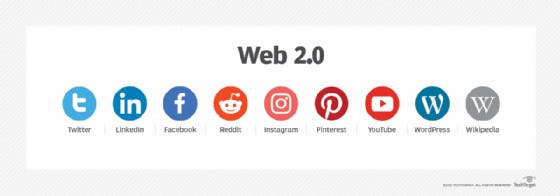What is The Web?
In simple words, the Web, short for the World Wide Web, is a system of interconnected web pages and online content that can be accessed through the Internet. It is like a vast network of information and services that you can explore using a web browser, such as Google Chrome or Mozilla Firefox.

The concept of the World Wide Web was proposed by Sir Tim Berners-Lee in 1989 while working at CERN. He developed the necessary protocols, such as HTTP (Hypertext Transfer Protocol) and HTML (Hypertext Markup Language), to enable the creation and sharing of webpages. The first web browser, called WorldWideWeb (later renamed Nexus), was also created by Berners-Lee.
The web allows you to search for and view websites, watch videos, connect with people through social media, shop online, read articles, and much more. It has become an essential tool for communication, learning, entertainment, and accessing information from anywhere in the world with an internet connection.
The Evolution of the Internet

Web 1.0 - the 'read-only' web
Web 2.0 - the 'read-write' web (current mainstream internet)
Web 3.0 - the 'read-write-own' web (the "people's" internet)
Web 2.0:participatory web
In this era of Web 2.0, where the internet has undergone a remarkable transformation. Web 2.0 represents a shift from static web pages to interactive and dynamic online experiences. It's a world of user-generated content, social media, and collaborative platforms that empower users to actively participate, connect, and create.
Web 2.0 emerged in the 2000s, gaining attention from the coining of the term by Darcy DiNucci in 1999 to discussions by Tim O'Reilly and Dale Dougherty in 2004. It was popularized by O'Reilly Media and represents an evolving generation of the web with increased focus and attention.
Web 2.0 does not have a specific inventor or origin but signifies the growth of user participation and interactive experiences on the internet.
Also known as the participatory web, it's all about users getting actively involved! It's a newer version of the internet that focuses on things like creating your content, connecting with others, and making it easier for everything to work together smoothly. It's all about giving users the power to participate, share, and enjoy a more interactive online experience.
Signing up on Web 2.0 vs Web 3.0

Web 2.0:
Fill out a sign-up form
Go to your email inbox
Verify your email
Perhaps even solve a 'captcha' (you know, where you have to select all the images of traffic lights or crosswalks!)
Web 3.0:
- Connect wallet
Differences between Web 2.0 & Web 3.0
1. Centralization/ Decentralization problem: In Web3 you can send your transaction via a decentralized blockchain such as the Ethereum blockchain. While on web2, you need to use a centralized platform like banks or Fintechs. For the record, all web2 applications are controlled by centralized corporations.

2. Ownership of Identity, Information, data, and digital assets: You own and control your identity, data, and digital assets in web3. As long as you remember your private key and passwords, no one can tinker with your digital assets. You are safe. However, in web2, your money is in the control of banks and Fintechs. Your identity and data are in control of big corporations that use them and sell them to third-party to use without your permission.
3. Technology that Powers both web: Web2 is powered by programming languages like HTML5, PHP, CSS3, JavaScript, etc while web 3 will be powered by artificial intelligence, machine learning, Blockchain technology, and the Internet of Things.
Characteristics of Web 2.0

User-generated content: Web 2.0 empowers users to go beyond passive reading and engage in the creation of content. Users also contribute by leaving comments on articles and creating user accounts and profiles that enable active participation.
You're reading this article now on Hashnode, which is a platform where Technical writers share their content, Web 2.0 is so fun, right?
Interactivity: Web 2.0 platforms facilitate interaction and collaboration among users. It enables commenting, liking, sharing, and real-time communication, fostering a sense of community and engagement.
Customization: Web 2.0 emphasizes tailoring the online experience to individual users' preferences. Websites and services offer personalized recommendations, customizable layouts, and personalized content delivery based on user data.
Rich user experience: Web 2.0 makes browsing interactive. Imagine clicking on a product to read reviews, compare prices, and make a purchase instantly. It's like having a shopping assistant at your fingertips!
Social media: I'm sure you have numerous social media accounts, including Facebook, Instagram, LinkedIn, Twitter, TikTok, Snapchat, Whatsapp, Thread, and others. All thanks to Web 2.0, you may now stay in touch with relatives and friends all around the world.
Web applications and APIs: Web 2.0 introduced the concept of web applications that run within a browser, offering functionality similar to traditional desktop software. Application Programming Interfaces (APIs) allow different platforms to interact and share information and data.
Web 2 Applications

Web 2.0 are websites and applications that make use of user-generated content for end users. Web 2.0 is characterized by greater user interactivity and collaboration, more pervasive network connectivity and enhanced communication channels. For example :
Facebook
Instagram
Twitter
Youtube
LinkedIn
Github
Advantage of Web 2.0

Web 2.0 has brought numerous advantages to both users and developers of web applications, such as enhancing the user experience with more engaging, responsive, and personalized features. This has also increased innovation, as Web 2.0 applications are more open, flexible, and scalable. Additionally, Web 2.0 applications have enabled greater participation by being more inclusive and democratic, allowing users to contribute their knowledge and opinions.
Challenges of Web 2.0
A major flaw here is that all data is stored on a centralized server, controlled by the companies.
Facebook, Google, and Twitter began storing users data in their servers so that they can serve us better content through machine learning. This in turn would make us stay on their websites longer, therefore providing more ad revenue for these companies.
The companies eventually started selling our information to advertisers, which meant more money for them!
The future of Web 2.0

Web 2.0 is an ever-evolving process of innovation and transformation. Trends such as Web 3.0, mobile web, and social web are driving the future of the web. Web 3.0, or the semantic web, is aiming to make the web more intelligent, contextual, and personalized with technologies such as artificial intelligence, natural language processing, and blockchain. Mobile web is becoming increasingly popular with the use of smartphones and tablets as the primary devices for accessing the web. Social media platforms and networks are also becoming more important as sources and channels of information, communication, and collaboration on the web.
That's all for this blog, I hope you will learn something new. And feel free to share your thoughts and feedback, Thanks for reading.
Feel free to reach out me 👀
Twitter 🖱
LinkedIn 🖱
Github 🖱